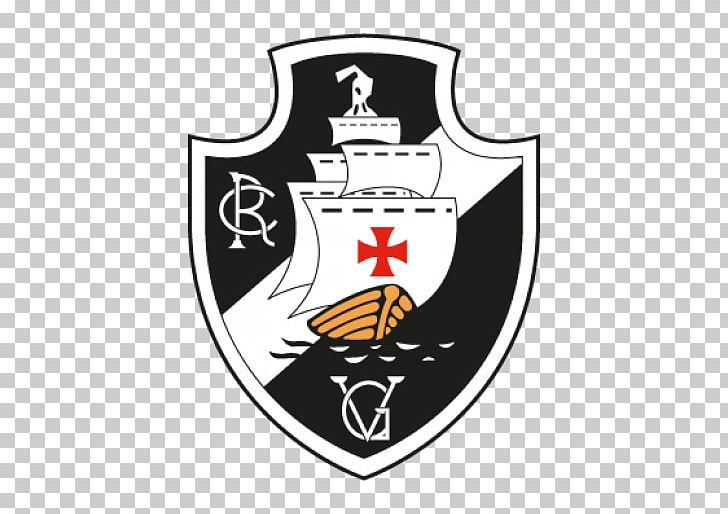
1.2 Overcoming social & class inequality. Vasco became world-famous for forming two of the greatest Brazilian teams ever in the 1940s and 1950s, and after playing in two World Club championships in '90s. Vasco play in black shirts with a white diagonal sash that contains a cross pattée, black shorts and black socks. Some matches (especially the city derbies) are played at the Maracanã (capacity of about 80,000). The club's home stadium is São Januário, which has a capacity of 21,880, making it the third biggest in Rio de Janeiro after Maracanã and Engenhão. Its charter defines the club as a "sportive, recreative, educational, assistant and philanthropic non-profit organization of public utility". It is one of the most popular clubs in Brazil, with more than 8 million supporters, and is the fifth-most supported club in the country according to many studies. Cr vasco da gama professional#
Vasco was founded on Aug(although the professional football department started on November 5, 1915), by Portuguese immigrants, and still has a strong fanbase among the Portuguese community of Rio de Janeiro.

It currently plays in the Campeonato Brasileiro Série B, the second tier of Brazilian football league system and in the Campeonato Carioca, the state of Rio de Janeiro's premier state league. Although it competes in a number of different sports, Vasco is mostly known for its football team.

Club de Regatas Vasco da Gama ( Portuguese pronunciation: ), also known as Vasco da Gama or simply Vasco, is a Brazilian professional sports club based in Rio de Janeiro, in the neighborhood of Vasco da Gama.






 0 kommentar(er)
0 kommentar(er)
